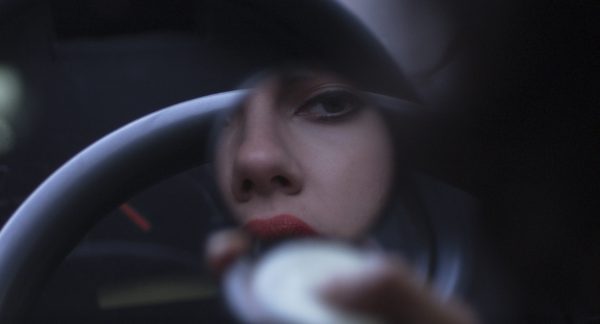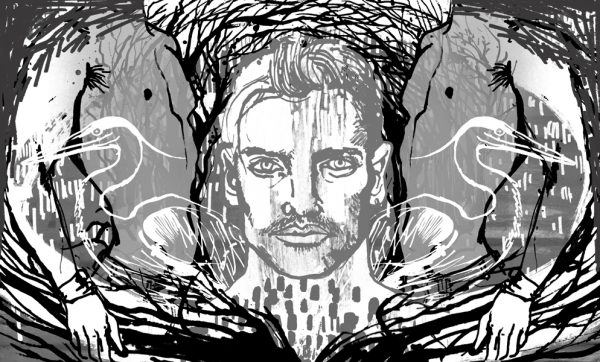MICHEL FABER’S RANGE OF SUBJECTS – from child abuse to drug abuse, from avant-garde music to leaking houses – is as wide as his gamut of characters: be they Scottish kids, Victorian prostitutes or creatures from other planets, they each speak in an unmistakable, fine-tuned voice. His first collection of short stories, Some Rain Must Fall, published in 1998, was followed two years later by Under the Skin, a novel made into a film in 2013. The Crimson Petal and the White, over 800 pages long, became a bestseller soon after it was published in 2002. In the run-up to the book’s publication his publisher, Canongate, suggested he apply for British citizenship so it could be eligible for the Booker Prize. An opponent of the imminent war in Iraq, he refused.
Faber’s other books include The Fahrenheit Twins, a 2005 short story collection, as well as his latest – and, he claims, last – novel, The Book of Strange New Things. In it, a Christian minister called Peter is sent to the planet Oasis to preach to its natives. The project is run by USIC, a big corporation whose purposes remain unclear till the end. Peter’s beloved wife Bea, not allowed to follow him, stays on the troubled Earth; their correspondence interweaves with a third-person narrative describing Peter’s mission and his earlier life. Like all Faber’s books, this one is dedicated to his wife Eva Youren, who died shortly before it came out, in 2014.
Faber was born in Holland in 1960, brought to Australia as a child and has lived in Scotland since 1993. We met in London, where he was on the occasion of his book tour last October; our conversation took place in a flat not far away from Chepstow Villas, one of the settings of The Crimson Petal and the White. Faber had to call me earlier that day to confirm our meeting as he had no means of checking his emails while on the road. When I arrived he showed me his basic mobile phone and said that he’d only used it a couple of dozen times in his entire life. He didn’t have a laptop, and I offered him mine as he still needed to check his emails, but there was no wi-fi connection in the flat, so we proceeded with our interview.




